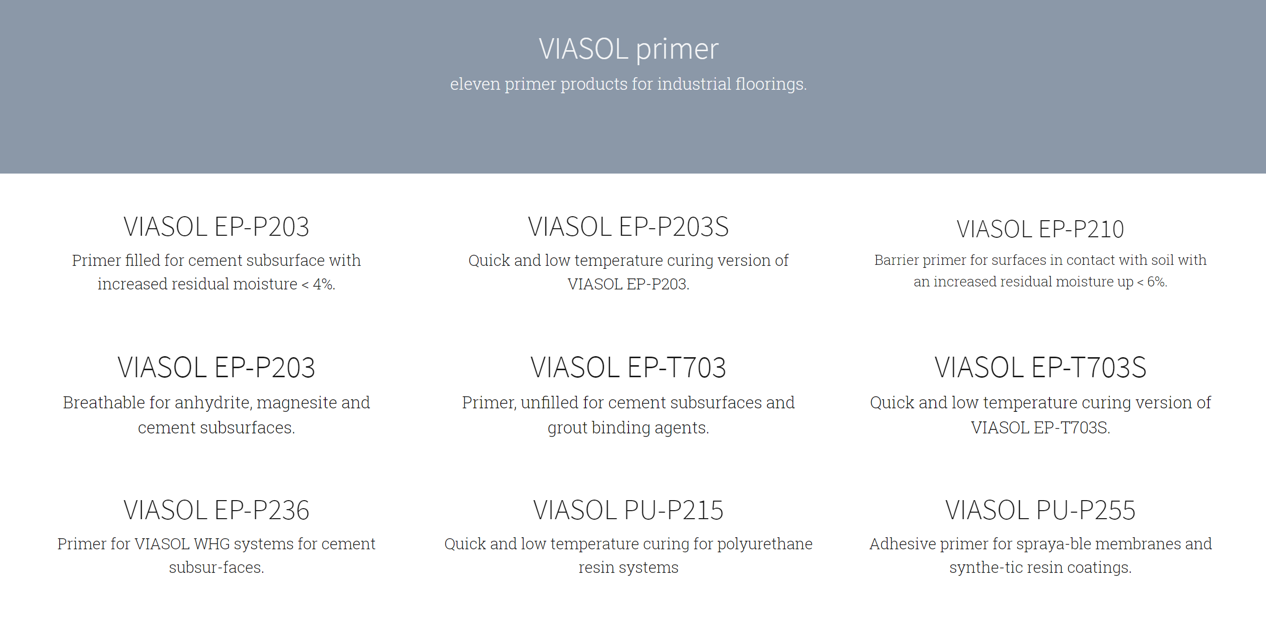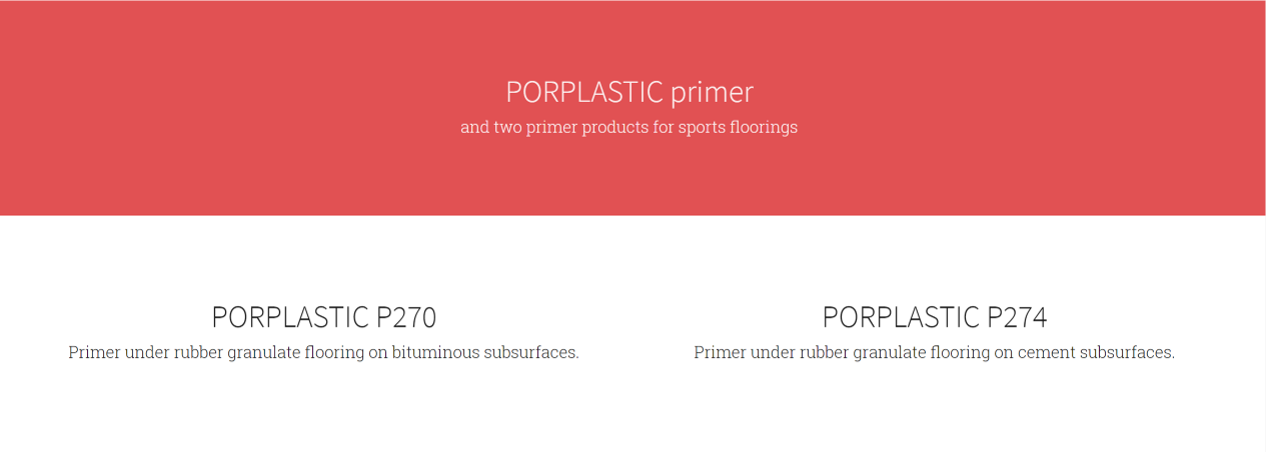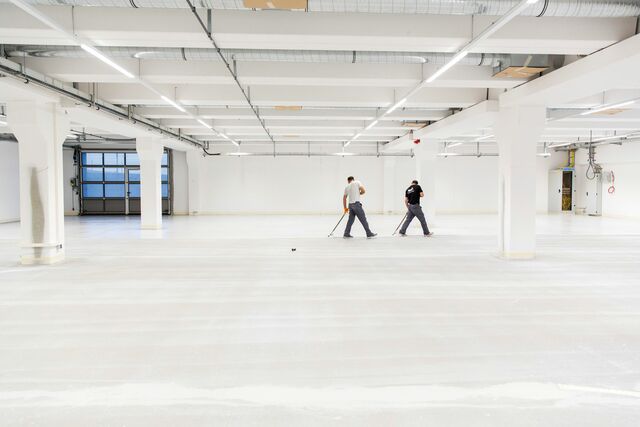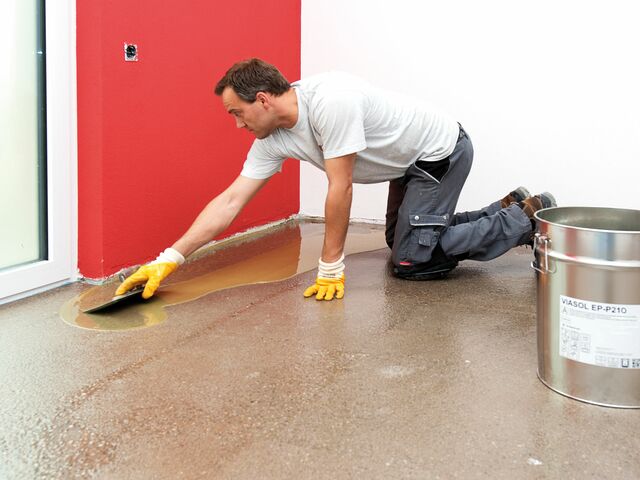Primers are normally applied with a rubber slider or a spatula and are subsequently evened out with a roller. Whether primer is applied in one or two layers depends on the type of subsurface (concrete, cement screed or other) and its condition (e.g. porous, damp or close to soil).
For example if the subsurface is in contact with soil a moisture vapour permeable primer can be applied, which can be treated with a diffusible coating. With reverse moisture penetration normally a moisture blocking primer with moisture tolerant resin is used, which is applied twice. In this case the first primer layer should not be sanded, in order to ensure a top surface which is pore-tight. This pore seal is necessary to stop bubbles forming through the process of osmosis.




